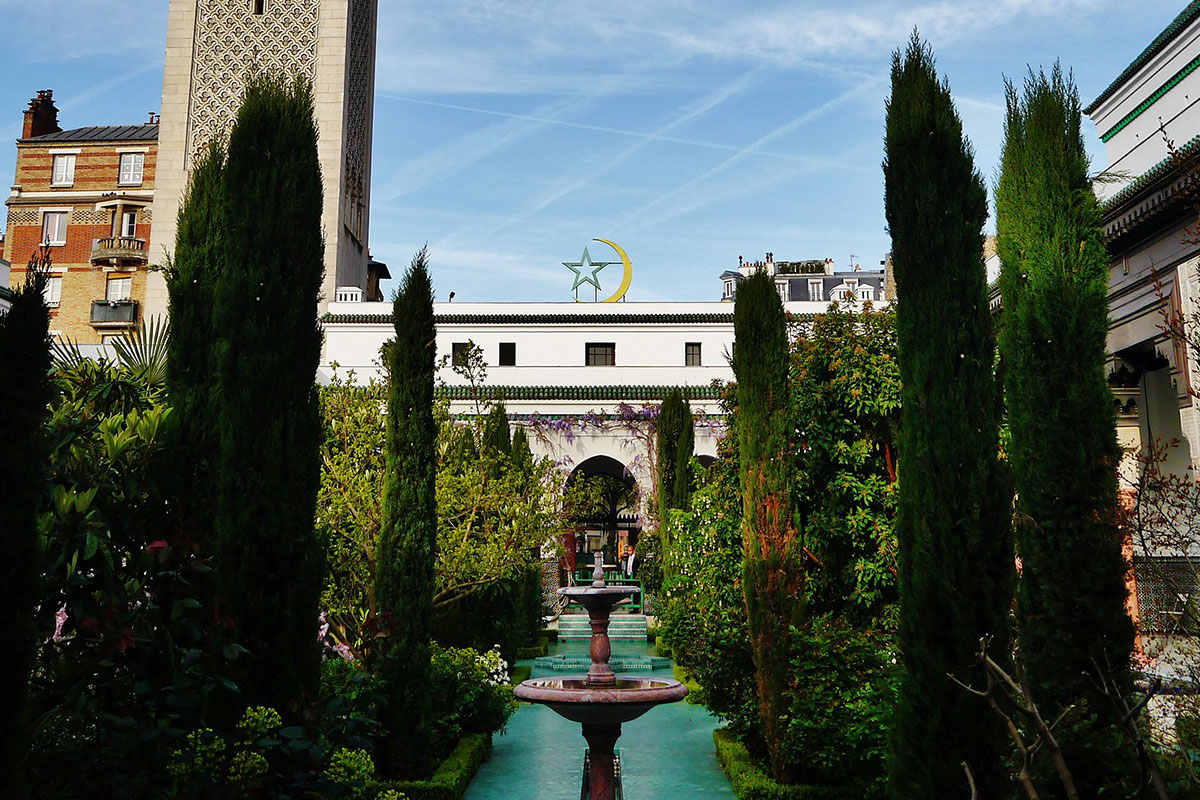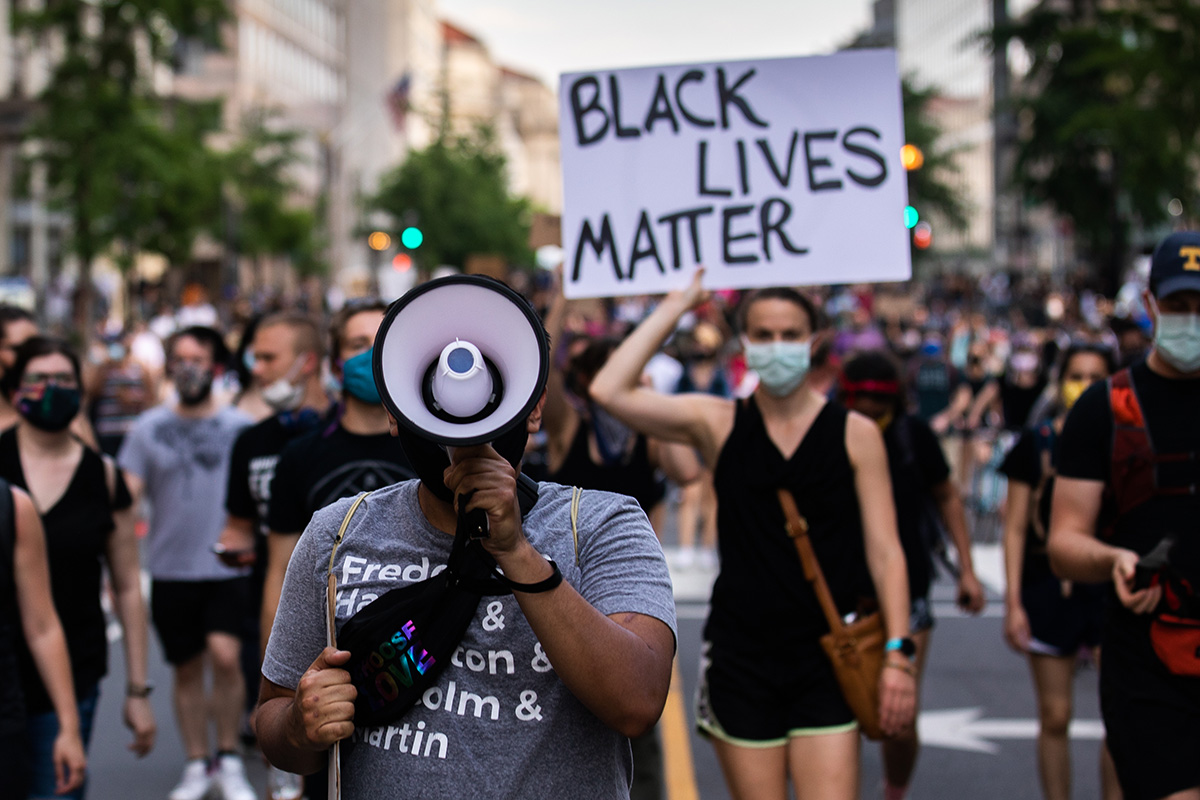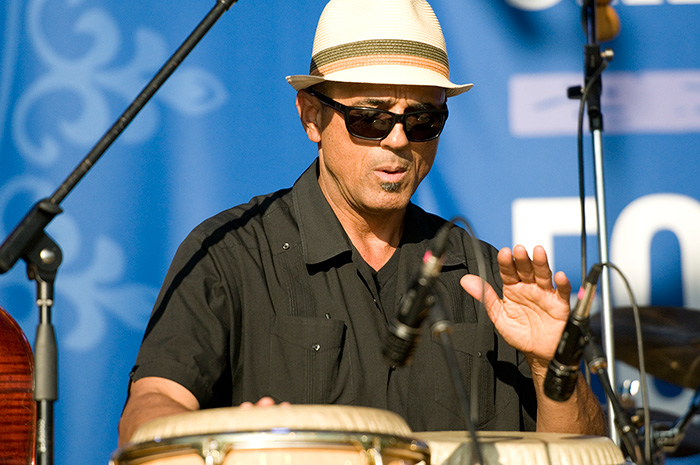Religions have developed deep reservoirs of “healing faith”—cultural wisdom and spiritual practices to lament brokenness, promote healing, and transform painful circumstances. Religious traditions and institutions, too, are not exempt from causing harm and brokenness. Creative Encounters asked individuals and groups to assess how their practices and beliefs can be both a source of healing and in need of healing themselves.
Today, people are experiencing trauma, grief, and anxiety in response to the COVID-19 pandemic, continued violence against marginalized groups, threats to the natural environment, and many more of life’s challenges. Once symptoms have been diagnosed, a serious question remains: how do we heal after experiencing or even causing significant harm? By talking with religious practitioners from across the nation, we explored how religion and spirituality can be medicine for the spirit, the body, and the body politic.











